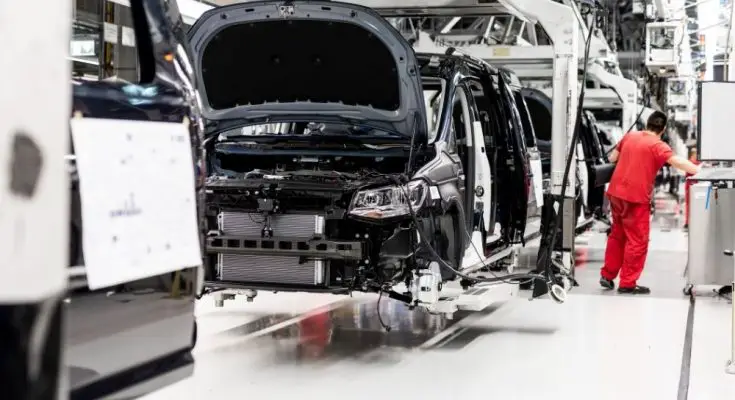Over the years, the automobile industry has changed significantly. To truly understand this industry, you’ll need to learn the history of the automobile, which begins back in the 1860s. Here is a brief history that describes the automotive industry through the decades.
The 1860s and 1880s
The history of the automobile begins in the 1860s. Before the 1860s, people relied mainly on steam power, animals, and other humans for transportation. In the early 1860s, engineer Nicholas Otto invented the first gasoline engine, which served as inspiration for the four-stroke internal combustion gasoline engine of the early 1870s. In 1885, German engineer Karl Benz invented the first practical automobile that used a gasoline engine.
The 1900s and 1920s
While the gasoline engine was invented in Germany, the creation quickly spread throughout Europe and to America after the 1870s. In 1885, the first automobile with a gasoline engine allowed the automobile industry to expand significantly and rapidly. If you know the history of diesel engines, then you may recall the diesel engine was created during this timeframe in the 1890s. In the early 1990s, the government set up a solid infrastructure for automobiles by creating driver’s licenses, car sale loans, and encouraged people to open gas and service stations, among other things. In the 1920s, the three companies dominated the car market in America. These companies were referred to as the Big Three: General Motors, Ford, and Chrystler.
The 1930s and 1960s
During the 1930s, new automobile brands were created, such as Volkswagen and Lincoln Continental. Since the 1940s and 1950s were times of war, the industry didn’t have many major changes until the 1960s. With new technologies in the 1960s, cars became more comfortable, luxurious, and reliable. It was during this time frame that heating and cooling systems were added to vehicles.
The 1970s and 1990s
When learning about the automotive industry through the decades, you need to remember the importance of the 1970s. Before the 1960s and 1970s, car manufacturers didn’t need to abide by environmental regulations. However, the government began to create stricter laws, so the companies created low emission vehicles and used tools such as catalytic converters.
The 2000s To Today
From the early 2000s to today, people can purchase vehicles from all over the world. Many people rely on vehicles as their sole method of transportation. Now, cars are faster, stronger, and reliable. Hopefully, scientists and engineers will continue to improve this wonderful method of transportation for the next generation.
Additional Resources:
Tesla
Elon Musk
Scooters



